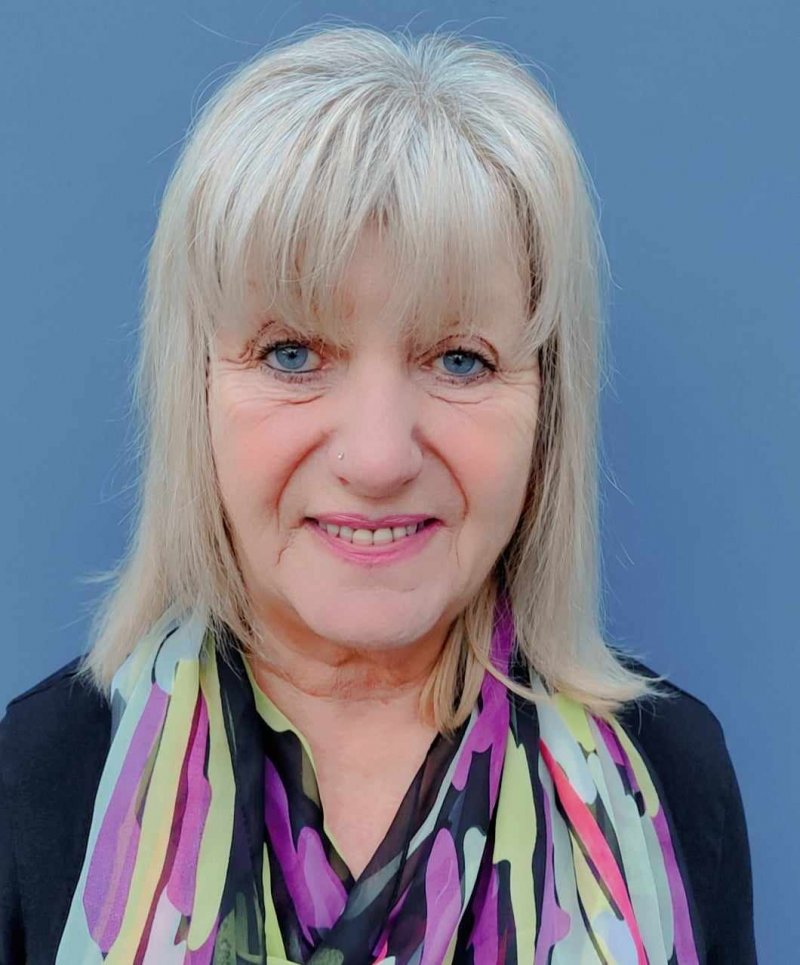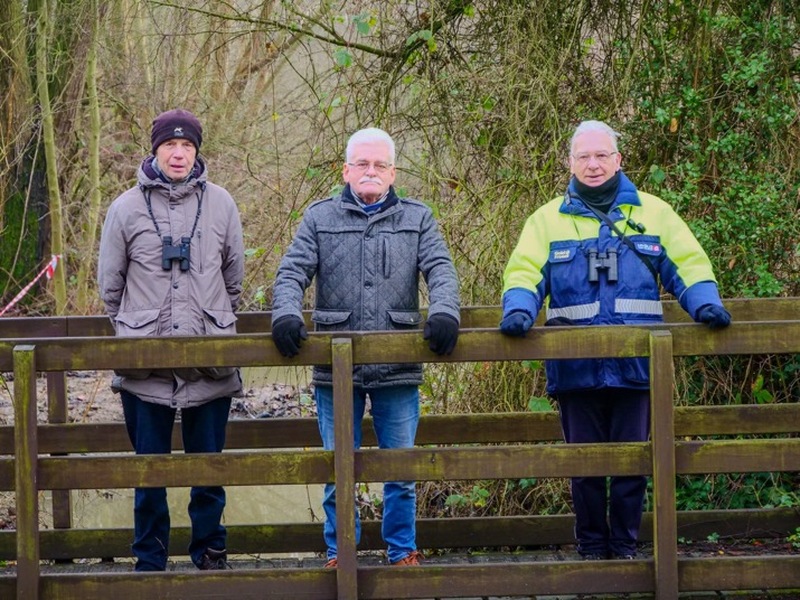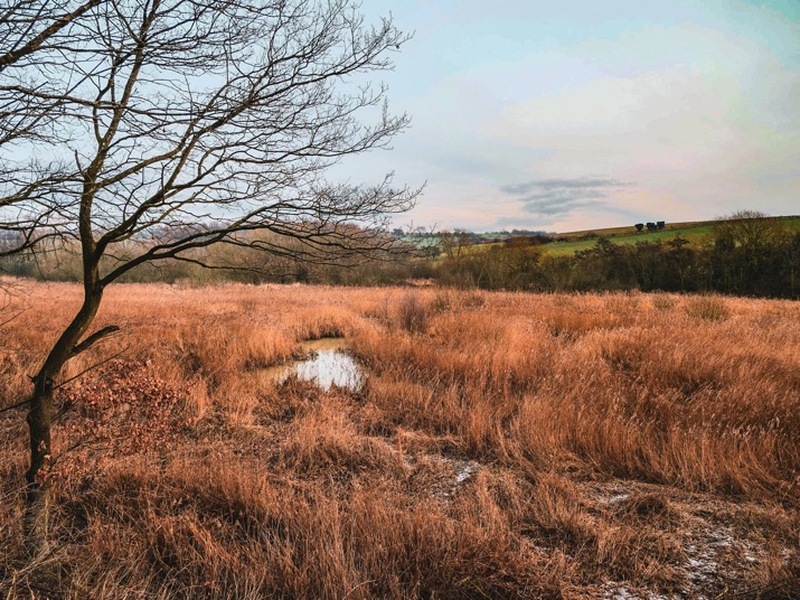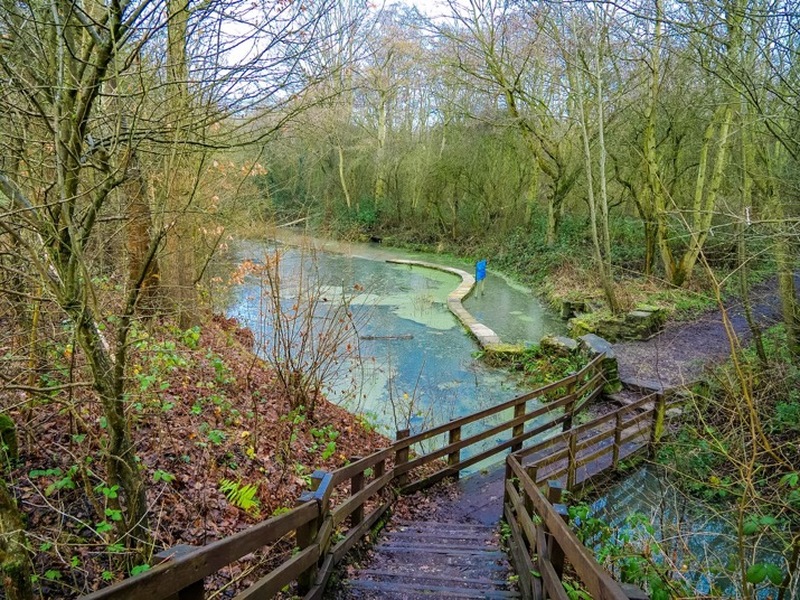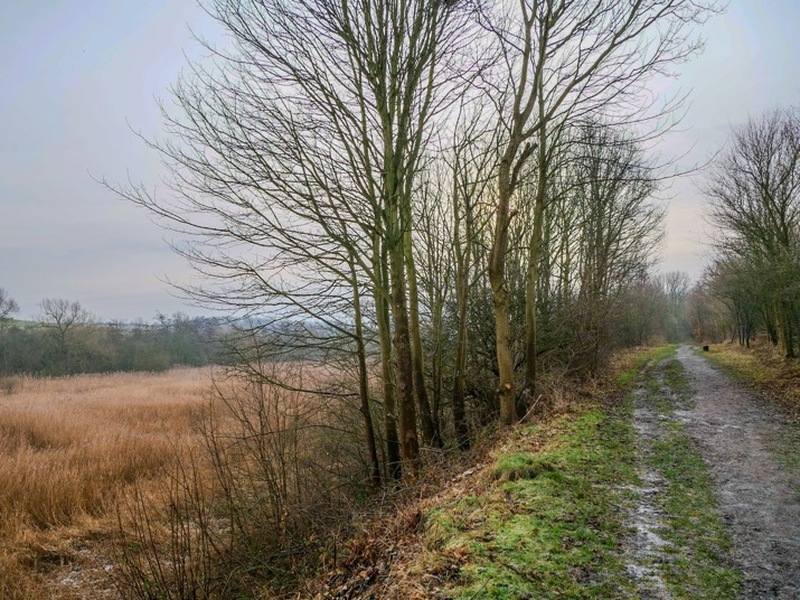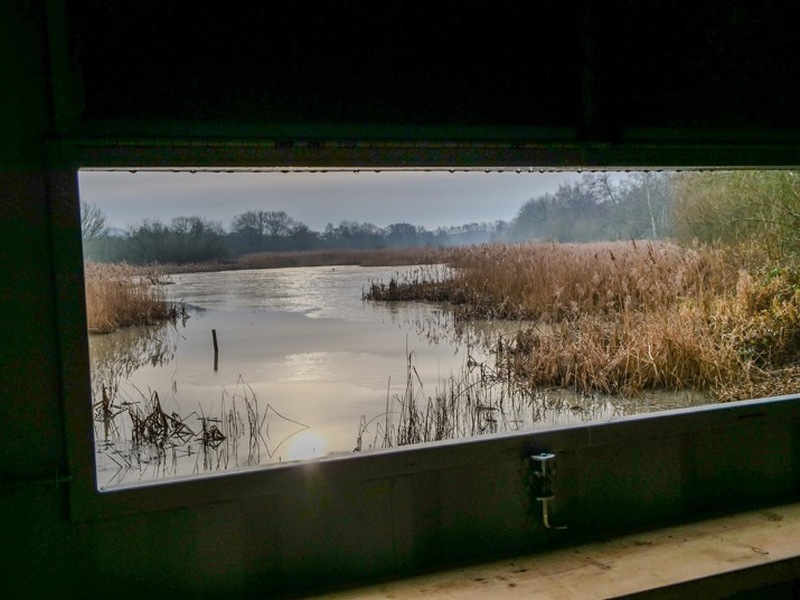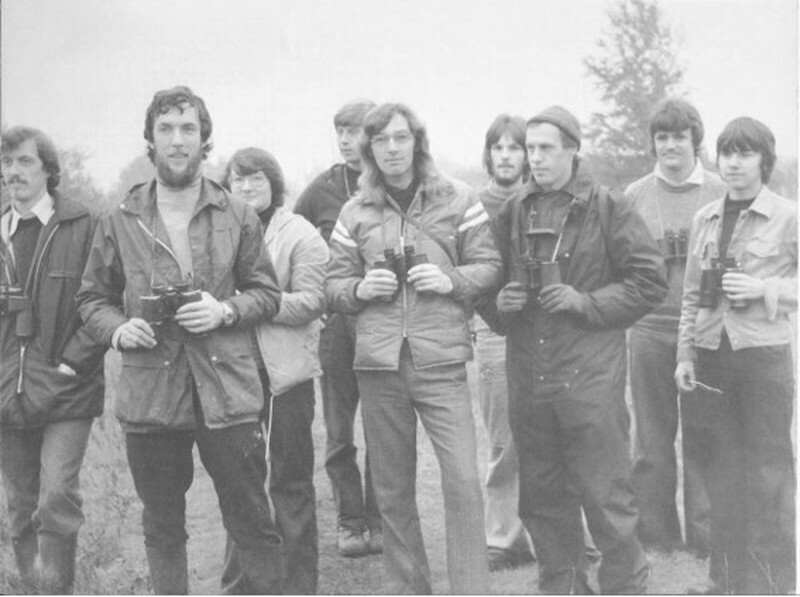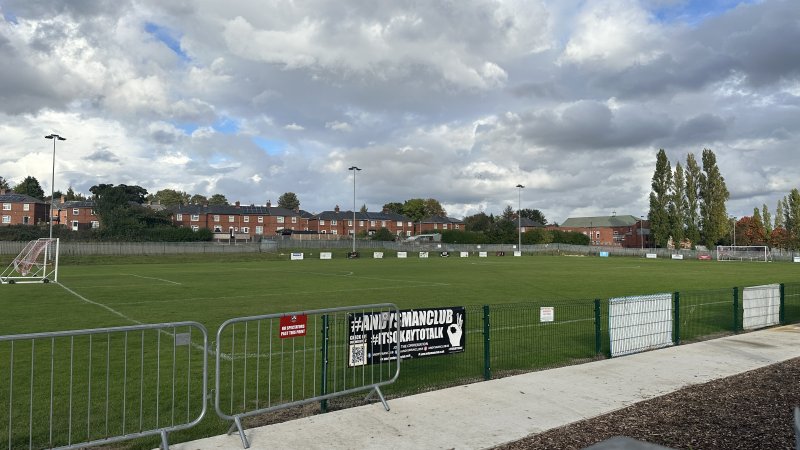CARLTON Marsh - which has had a topsy-turvy history thanks to its former mining past before it somehow became an award-winning nature reserve thanks to the efforts of an army of volunteers - is on the lookout for more people to join its ranks. Josh Timlin delved into its history and its future outlook.
A major part of Barnsley’s former coal mining history which was transformed into a thriving nature reserve, Carlton Marsh is often described as the jewel in the town’s crown thanks to its abundance of wildlife.
But, just a few decades ago, the picture could not have been more of a contrast: polluted water, overgrown vegetation, remnants of its mining past and a wildlife-free zone was what it was.
The land was bought by Barnsley Council in 1976 after previously being part of the Hull to Barnsley rail network.
It benefitted from major habitat improvements in 2015 and it is now incredible to think that Cudworth Dike, a small River Dearne tributary which feeds the marsh, once had the unfortunate infamy of being classified as one of the most polluted water bodies in South Yorkshire.
A major scheme involving the council and the combined Dearne Valley Green Heart Partnership successfully restored the ecology and hydrology.
The dry reedbed was rejuvenated by excavating channels and pools, making it a magnet for wildfowl and the occasional bittern and little egret.
Fast-forward to the present day and the 25-hectare patch it is home to deer and more than 100 species of birds, with peregrine falcons, marsh harriers and buzzards as well as several varieties of owls even being spotted.
Fish have also made a return to the marsh’s once-toxic waterways with mirror carp, perch and chub being recorded due to improving water quality - a far cry from its industrial past.
It is now classified as a site of specific scientific interest (SSSI) by Natural England and has the prestigious Green Flag accreditation, but those who oversee Carlton Marsh’s upkeep are on the lookout for more people to get involved.
Cliff Gorman founded its steering group alongside Keith Bannister.
In 1971, the pair formed a friendship over their mutual love of wildlife - with the aim of transforming the area off Shaw Lane into a place where wildlife could thrive.
“We’re hoping more people will join in - it’s a fantastic place and one we’re proud of as we’ve seen it go from what it was to what it is today,” Cliff told the Chronicle.
“I became really interested in nature when I was living in Sheffield and my friend asked me to walk his dog.
“I saw a robin and I remember thinking how beautiful it was and then it was like a lightbulb went off in my brain.
“When I came back to Cudworth and saw the marsh, I got put in touch with Keith and from there we set to work.
“Our aim was to bring back a safe space for nature and make sure they remain undisturbed so they can flourish and thrive.
“Keith and I began recording the populations of birds and other wildlife we could see on the site from day one.
“Since we became an official nature reserve in 1978, we have been officially recording every bird, insect and other wildlife that we find in its grounds.
“Not only does this form a really great local record of what we have here, but it contributes to national data about species decline.
“Back when we first started, the still water was that contaminated with diesel that it actually didn’t freeze in the winter.
“It was that bad that we didn’t get our first dragonfly until 1981, but now we have many species of them in the summer.
“I’m really proud of what we have achieved at the marsh.
“It’s gone from being a disused piece of contaminated land to a great area to have some peace and quiet and observe nature.
“It’s nice to think that it’ll be here for generations to come - it makes it all worth it.
“However, given the nature of overseeing a site so important for wildlife, it means there’s always something to do, so anything people can contribute time-wise is always something that’s appreciated.
“I’ve been involved for decades so have seen it struggling and flourishing, but now we would like the next generation of custodians to come forward and look after what is a hugely important site in Barnsley to ensure its long-term future is a positive one.”
Get in touch with Cliff at cliff1947@hotmail.co.uk if you would like to get involved.




